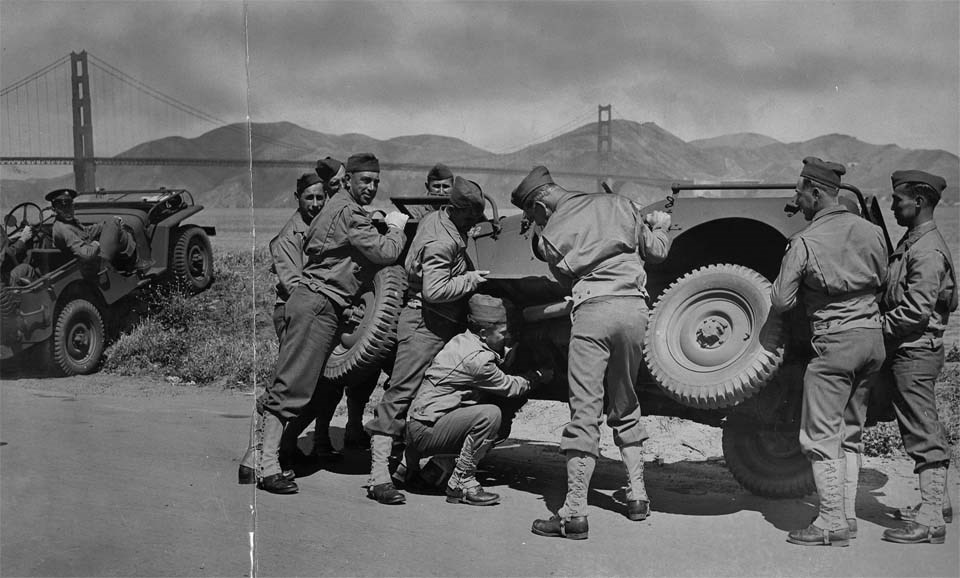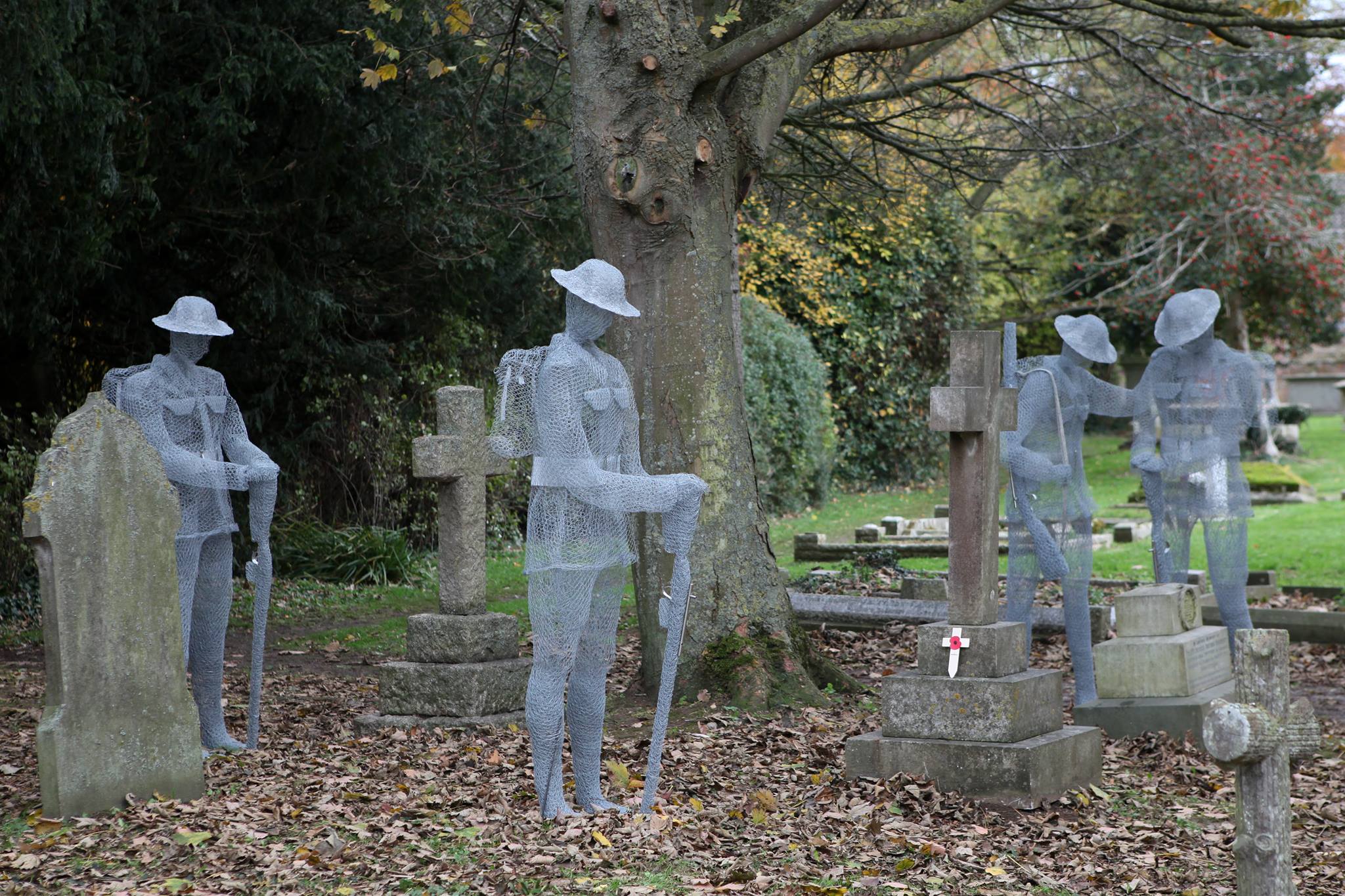It was small, noisy, and uncomfortable, yet the little ¼-ton 4×4 became as much a part of the war as the rifle and steel helmet. To the men who used it, it was simply “the jeep”.

The Army never set out to build a legend.
The Beginning
In 1940 it issued a dry specification for a light cross-country car. The brief was tough: four-wheel drive, under a ton and a quarter, able to carry three men and their kit, and cheap enough to build by the thousand.
American Bantam rushed out the first prototype, but the company was too small for mass orders. Willys-Overland and Ford were brought in, and between them hammered out the design that went to war.
The Willys MB, with its lively “Go-Devil” engine, became the standard, while Ford built the GPW version to keep up with demand. Between 1941 and 1945 more than 640,000 rolled off the lines.

Numbers like that meant the jeep was everywhere…in the dust of North Africa, the jungles of Burma, the snows of Russia, and the hedgerows of Normandy.
Reliability
What made it special was not comfort but trust. It would start in the cold, climb tracks that bogged down trucks, and take punishment day after day.
Drivers learnt to change a clutch by the roadside, to mend a puncture with whatever rubber they could find, and to keep the little four-cylinder going with minimal spares.
Armies quickly discovered the jeep could be turned to almost anything. Bolt on a machine gun and it was a fighting platform.
Sling stretchers across the bonnet and tail and it became an ambulance. Fit radios and you had a mobile command post. There was even an amphibious version, though most soldiers preferred the standard model.
The British take the Jeep to war
The British took to it as much as the Americans. Under Lend-Lease thousands crossed the Atlantic, replacing motorbikes and staff cars and it was the British that took it to war!

The SAS stripped their jeeps for desert raids, covering them with cans of petrol and water, mounting Vickers K-guns, and plunging deep behind enemy lines. These conversions looked brutal, but they worked…fast, reliable, and hard-hitting.
The jeep also went east. The Soviet Union received tens of thousands, prized for their ability to cope with rough tracks and frozen ground. For Red Army officers used to horse-drawn carts, the little American vehicle was a leap forward.
Design details evolved. Early “slat-grille” jeeps gave way to the familiar pressed-steel front that remains the icon of the type. Willys and Ford parts were kept interchangeable, so an axle from one would fit the other, a small thing that mattered in the field.
Weapon of War
For senior commanders the jeep became a symbol of mobility. Eisenhower listed it as one of the decisive tools of victory, alongside the Dakota transport aircraft and the landing craft. General Marshall went further, calling it “America’s greatest contribution to modern warfare”. Strong words, but they reflect how a simple vehicle multiplied the reach of Allied forces.

When peace came, the jeep carried on. Farmers bought them at surplus sales. Willys turned the MB into the civilian CJ, and in Britain Maurice Wilks, inspired by the jeep he drove on his land, sketched out what became the Land Rover. In many ways, the modern 4×4 owes its existence to the little war-time runabout.
Looking back, the jeep was never glamorous. It bounced, rattled, and offered little shelter. But it won affection because it did what it was asked, and more besides.
Soldiers trusted it, commanders relied on it, and in countless photographs of the war a jeep is never far from the frame. Small in size, immense in service — that was the jeep of the Second World War.






